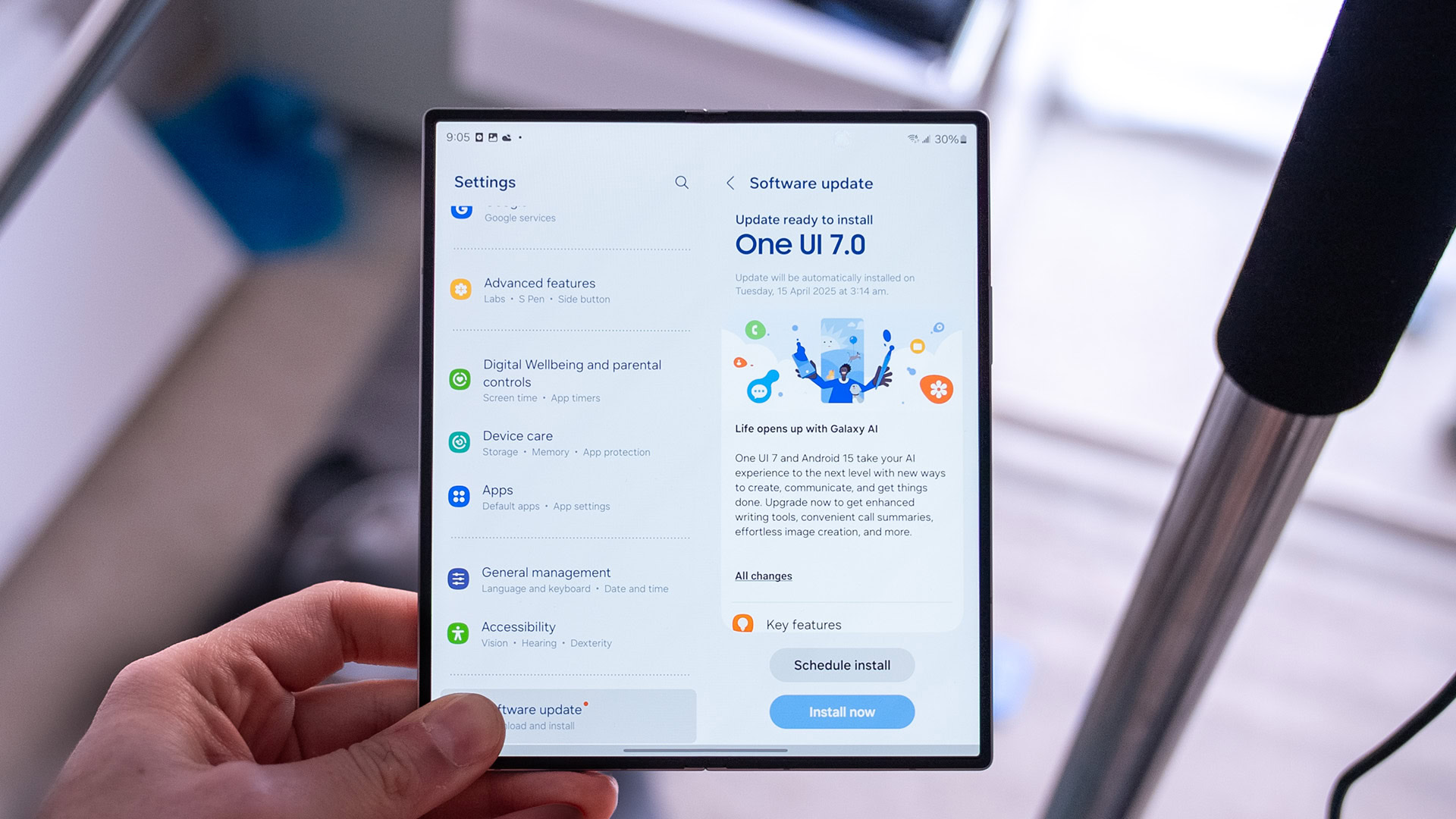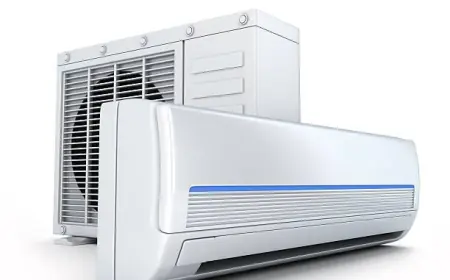United States Hospital Acquired Disease Testing Market Size 2033
The United States hospital acquired disease testing market size reached USD 5,035.7 Million in 2024. Looking forward, IMARC Group expects the market to reach USD 16,790.6 Million by 2033, exhibiting a growth rate (CAGR) of 13.60% during 2025-2033.

United States Hospital Acquired Disease Testing Market Overview
Base Year: 2024
Forecast Years: 2025-2033
Historical Years: 2019-2024
Market Size in 2024: USD 5,035.7 Million
Market Forecast in 2033: USD 16,790.6 Million
Market Growth Rate: 13.60% (2025-2033)
The United States hospital-acquired disease testing market is experiencing significant growth, driven by the increasing prevalence of hospital-acquired infections (HAIs) and heightened awareness regarding the benefits of early detection. According to the latest report by IMARC Group, the market size reached USD 5,035.7 million in 2024 and is expected to reach USD 16,790.6 million by 2033, exhibiting a compound annual growth rate (CAGR) of 13.60% from 2025 to 2033.
United States Hospital Acquired Disease Testing Market Trends and Drivers:
This segment of the United States hospital-acquired disease testing market is booming seriously with the intense attention given by healthcare institutions to infection control. The high incidence of hospital-acquired infections (HAIs) poses many challenges to patient safety and clinical efficiency, resulting in an increased demand for early diagnostic tools across the country. Advanced testing methods are enabling faster pathogen identification which is helping medical teams in timely intervention.
This is proving most crucial, especially when dealing with bloodstream infections, pneumonia, surgical site infections, and urinary tract infections. As an outcome, real-time diagnostic technologies have not only improved patient outcomes but have also shortened the duration of hospital stays. Hospitals, faced with growing regulatory pressures and value-based care models, ramp up spending on automated, high-throughput testing systems that support early detection and continuous monitoring. At the same time, awareness campaigns and institutional training programs promote the best hygiene and infection prevention practices, creating a conducive environment for diagnostic innovation.
The burgeoning acceptance of molecular diagnostics significantly influences the hospital-acquired disease testing market in the United States. Moreover, facilities are using highly sensitive and specific methods for the detection of some infections using PCR and next-generation sequencing. They are very efficient for the identification of antibiotic-resistant strains like MRSA, so they can be treated with targeted therapeutic approaches. Clinical laboratories have become a very embedded part of the hospital environment by providing rapid and actionable information to help support infection control protocols.
This service is enabled by the institution of electronic health records (EHR) as well as centralized data systems, allowing streamlined reporting, epidemiological tracking, and strengthening public health initiatives while guiding resource allocation in busy healthcare settings. Point-of-care testing gadgets, on the other hand, are becoming the mainstay of bedside diagnostics and have improved workflow processes in emergency rooms, ICUs, and post-surgical recovery areas. With all of these, the recognition of the significance of diagnostics in the war against nosocomial infection is fast setting up.
Government-initiated contracting and increased spending on healthcare provide a further impetus to growth in the United States hospital-acquired disease-testing market. Public health agencies collaborate with healthcare providers to strengthen diagnostic infrastructure, especially in underserved regions. Funds are made available to enable the joint deployment of testing platforms in public and private institutions for equitable access to quality diagnostics. Meanwhile, with strict accreditation standards, the pressure is upon hospitals to progressively update their testing practices and facilities to conform with international best practices.
Others are increased partnership initiatives between diagnostic companies and healthcare networks to enable innovation through research collaborations and pilot programs. Apart from that, antimicrobial stewardship further strengthens the demand for precision diagnostics that would guide the selectivity of the treatment regimen.
With the whole healthcare continuum aiming to deal with HAIs with advanced detection and preventive strategies, the market is steadily being forged into a foundation of modern clinical care. Such a dynamic trajectory assures that diagnostic testing is one key step in delivering safer and more effective patient care throughout the nation.
United States Hospital Acquired Disease Testing Market Report Segmentation:
The report provides an analysis of the key trends in each segment of the market, including the United States hospital-acquired disease testing market size, along with forecasts at the country level for 2025-2033. Our report has categorized the market based on indication.
Indication Insights:
- Urinary Tract Infection (UTI)
- Surgical Site Infection (SSI)
- Pneumonia
- Bloodstream Infections
- Methicillin-resistant Staphylococcus Aureus (MRSA)
- Others
Breakup by Region:
- Northeast
- Midwest
- South
- West
For an in-depth analysis, you can refer to a sample copy of the report:
https://www.imarcgroup.com/united-states-hospital-acquired-disease-testing-market/requestsample
Competitive Landscape
The market research report has also provided a comprehensive analysis of the competitive landscape. Competitive analysis such as market structure, key player positioning, top winning strategies, competitive dashboard, and company evaluation quadrant has been covered in the report. Also, detailed profiles of all major companies have been provided.
Key Highlights of the Report:
- Market Performance (2019-2024)
- Market Outlook (2025-2033)
- COVID-19 Impact on the Market
- Porter's Five Forces Analysis
- Strategic Recommendations
- Historical, Current, and Future Market Trends
- Market Drivers and Success Factors
- SWOT Analysis
- Structure of the Market
- Value Chain Analysis
- Comprehensive Mapping of the Competitive Landscape
Note:
If you need specific information that is not currently within the scope of the report, we can provide it as part of the customization.
About Us:
IMARC Group is a leading market research company offering management strategy and market research worldwide. We partner with clients in all sectors and regions to identify their highest-value opportunities, address their most critical challenges, and transform their businesses.
IMARC's information products include major market, scientific, economic, and technological developments for pharmaceutical, industrial, and high-technology business leaders. Market forecasts and industry analysis for biotechnology, advanced materials, pharmaceuticals, food and beverage, travel and tourism, nanotechnology, and novel processing methods are at the top of the company's expertise.
Our offerings include comprehensive market intelligence in the form of research reports, production cost reports, feasibility studies, and consulting services. Our team, which includes experienced researchers and analysts from various industries, is dedicated to providing high-quality data and insights to our clientele, ranging from small and medium businesses to Fortune 1000 corporations.
Contact Us:
IMARC Group
134 N 4th St. Brooklyn, NY 11249, USA
Email: sales@imarcgroup.com
Tel No: (D) +91 120 433 0800
United States: +1-631-791-1145
What's Your Reaction?
 Like
0
Like
0
 Dislike
0
Dislike
0
 Love
0
Love
0
 Funny
0
Funny
0
 Angry
0
Angry
0
 Sad
0
Sad
0
 Wow
0
Wow
0





















































